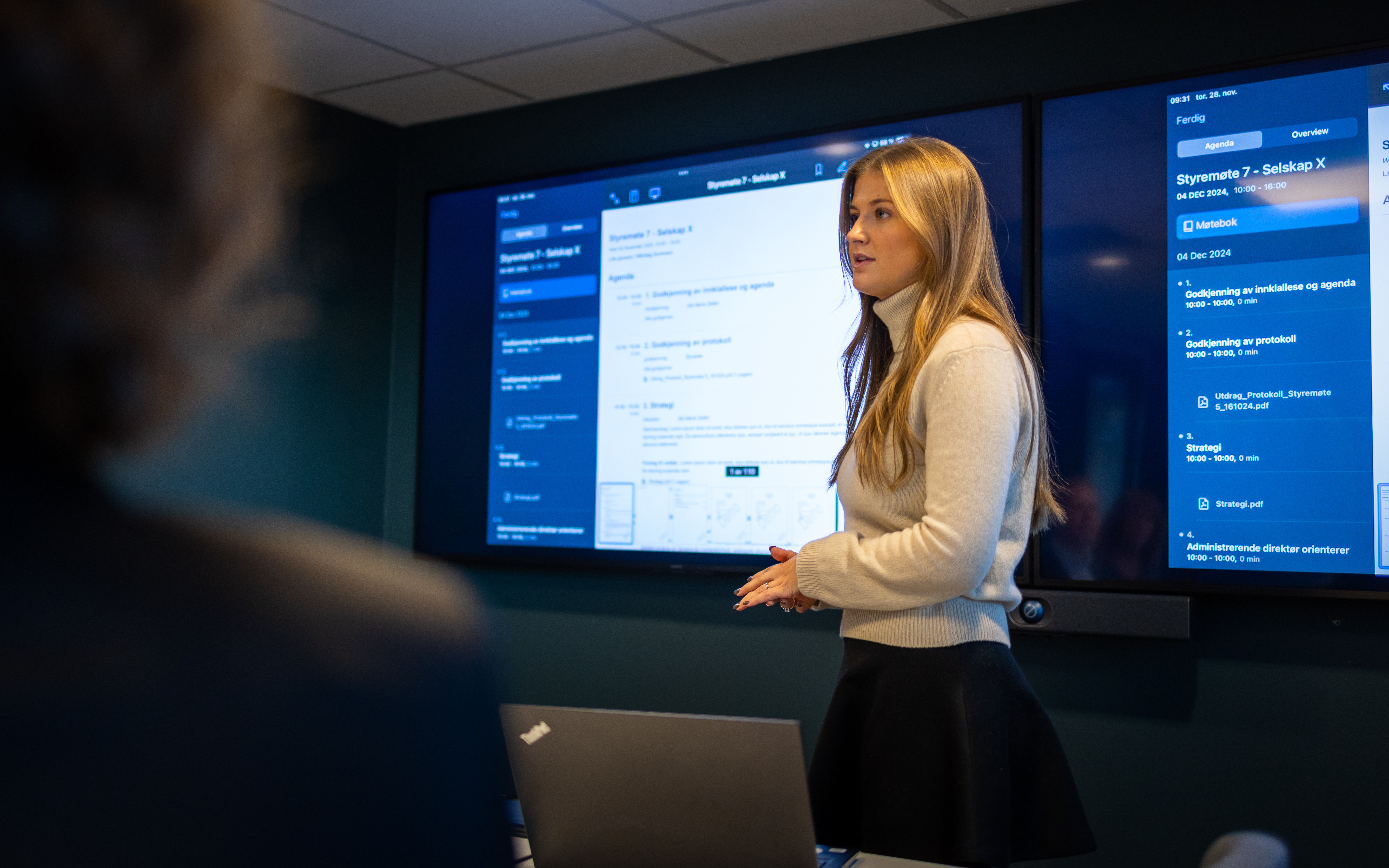The Case for Employee Directors: A New Voice in the Boardroom
 A New Voice in the Boardroom
A New Voice in the Boardroom
What if the single biggest untapped source of insight, innovation, and risk mitigation for your company sits outside the boardroom door? In an era where corporate culture can make or break a company, relying solely on external expertise isn’t always enough to count on.
Employee representation on a corporate board, often referred to as co-determination or employee directors, is the practice of appointing or electing employees to hold formal seats as members of the board of directors. This is distinct from a works council, which acts as a negotiating body. Employee directors serve as formal, voting members who hold the same fiduciary duties to the company as their shareholder-nominated counterparts.
This model is a growing global trend that moves beyond simple compliance. Employee representation offers significant benefits to companies by enhancing decision-making quality, improving internal employee relations, and promoting long-term financial and social sustainability.
The "Why": Benefits of Employee Representation
Diverse Perspectives
The classic board composition often prioritises financial insight, legal expertise, and high-level strategy. While these are essential pieces to the puzzle, this focus can create an echo chamber that’s disconnected from the day-to-day realities of the business. Employee directors bring a ground-level understanding of the company's operations, culture, and immediate challenges. They are often the first to recognise systemic inefficiencies, employee morale issues, or potential risks related to production or service delivery, offering a valuable operational reality check to high-level strategic discussions.
Improved Decision-Making
By introducing a viewpoint fundamentally different from the traditional strategic and financial lens, employee directors serve as a powerful defence against "groupthink." They force the board to consider the human impact of major decisions, leading to more well-rounded outcomes. Their presence helps the board better anticipate the effects of strategic choices on the workforce, helping mitigate implementation risks.
Enhanced Employee Engagement and Trust
Representation at the highest governing level fosters a deep sense of ownership and procedural justice among the entire workforce. When employees know their voice is present and valued in the room where the biggest decisions are made, it dramatically boosts morale, commitment, and productivity. This enhanced employee engagement often translates into lower turnover rates, reduced industrial disputes, and a stronger, more resilient corporate culture.
Long-Term Focus
Employee directors, whose livelihoods and careers are directly tied to the company's sustained health, inherently possess a long-term perspective. They often act as a crucial counterbalance to external shareholder pressures that prioritize immediate quarterly returns. By advocating for investments in workforce training, R&D, and sustainable practices, they help ensure the board maintains a focus on enduring value creation rather than short-term financial engineering.
The "How": Implementation and Legal Framework
Models of Representation
The structure of employee representation varies widely, largely depending on national legal frameworks. In countries like Germany and Norway, co-determination is a statutory requirement, mandating that employees hold a significant number of seats on the supervisory board (Germany) or the unitary board (Norway). In contrast, in the United States or the UK, such appointments are typically voluntary. The key variable is often the ratio of employee directors to shareholder directors, which can range from a single seat to near-equality.
The Role of Employee Directors
The employee director navigates a unique and challenging dual role. Legally, they have a paramount fiduciary duty to act in the best interest of the company as a whole and not just the employees who elected them. However, their value lies in their responsibility to convey and represent the employee perspective. Success requires the employee director to translate operational and cultural issues into tangible action points the board can work to solve.
Potential Challenges
Implementing this model is not without its challenges. Potential conflicts of interest may arise, particularly during contentious labour negotiations. Additionally, most operational employees lack the background in high-level finance, M&A, and corporate law typically required of directors. This necessitates providing specialized training and onboarding for employee directors to ensure they are fully equipped to contribute effectively and fulfil their legal duties. Finally, ensuring the director can effectively communicate with and represent the diverse interests of the entire workforce is an ongoing logistical challenge.
The "Impact": Case Studies and Future Trends
Examples
The efficacy of co-determination is most clearly demonstrated in the Nordic countries and Germany. Companies operating under these models have consistently demonstrated robust long-term performance and high levels of labour peace. This model demonstrates that combining labour views at the strategic level can be a competitive advantage.
Future Outlook
Calls from investors, policymakers, and the public for companies to address social inequality, climate change, and corporate culture are making employee representation more relevant than ever. This trend, combined with increasing public scrutiny of executive compensation and working conditions, suggests that the adoption of employee director models is likely to expand beyond Europe.
In Conclusion
Employee representation is a strategic upgrade to the governance process. The core benefits of checking against groupthink, enhanced decision-making quality, and a commitment to long-term sustainability directly address the most pressing issues of modern organisations.
This shift reflects a broader, necessary evolution in corporate governance. By inviting the voices of the people who build and run the company into the room where its destiny is decided, corporations move from a sole focus on financial shareholders to a more inclusive, resilient, and stakeholder-oriented approach, setting the standard for the next era of successful global enterprise.
.png?width=542&name=Admincontrol_Logo-RGB_Reverse%20(1).png)
.png?width=542&name=Admincontrol_Logo-RGB_Colour%20(1).png)


